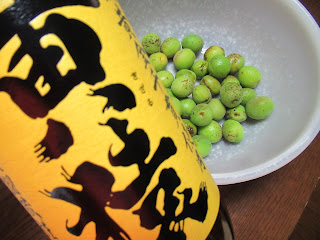I don’t know why, but skunkvines are vigorous in Enoshima Yacht Harbor (; my post on June 30, 2017) where Sailings Competitions are held for Tokyo 2020 Olympics. Maybe these “looks-cute-but-smells-horrible” flowers do well with salty wind and sandy soil …





















































